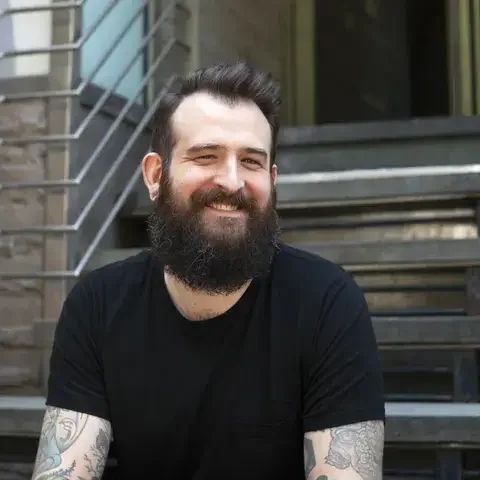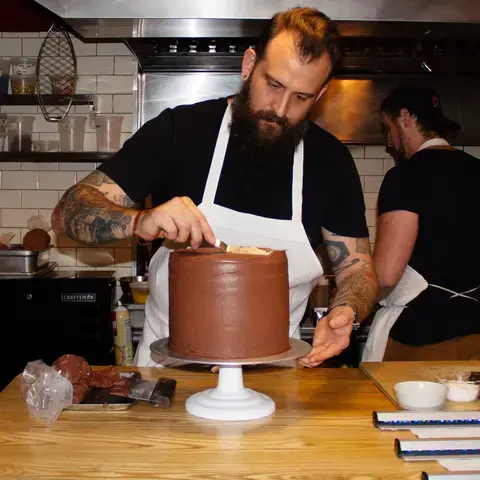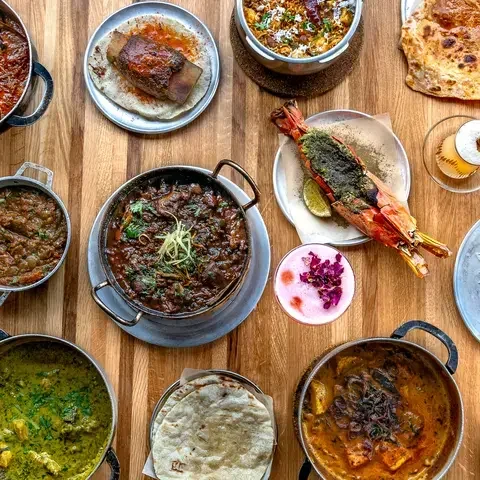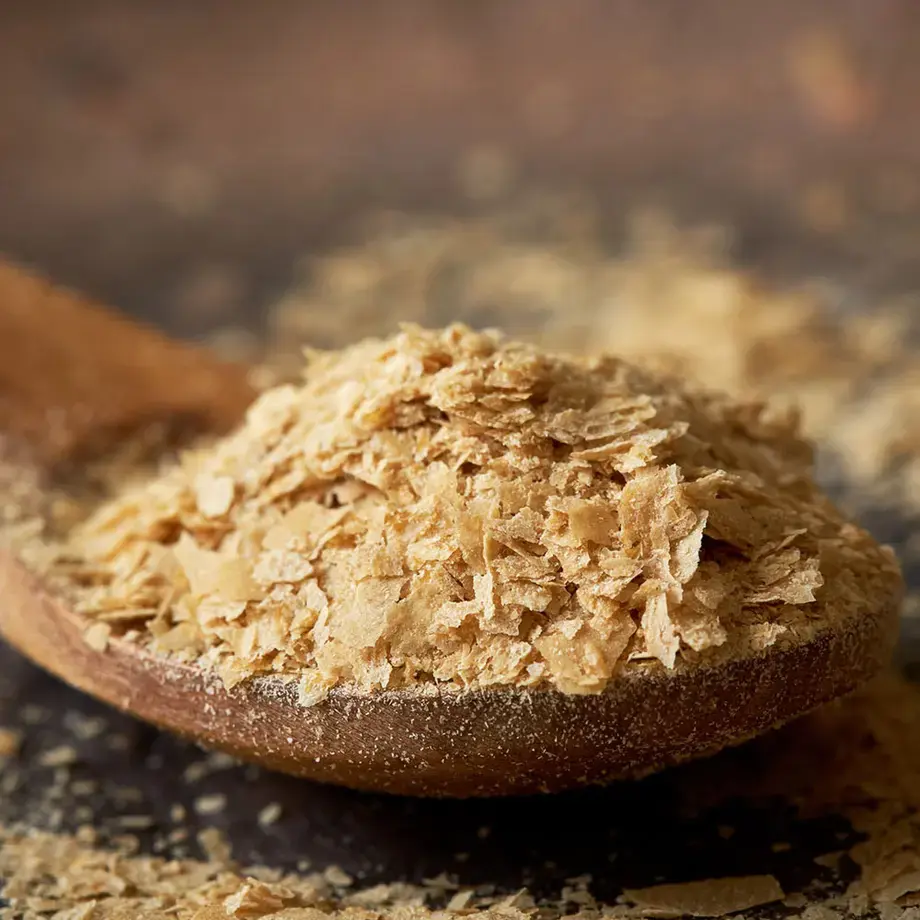On any given morning, lines stretch down the block outside both Brooklyn locations of Radio Bakery. The Greenpoint shop opened in 2023, followed by the Prospect Heights outpost earlier this year. Co-owner Kelly Mencin, formerly a pastry chef at Rolo’s and Gramercy Tavern, also worked under Thomas Keller before striking out on her own. She’s not alone—many new bakery owners in New York come from the world of fine dining.
Why Pastry Chefs Are Leaving Fine Dining to Bake on Their Own Terms
When Miro Uskokovic and his wife Shilpa opened their bakery, Hani’s, near Astor Place last year, it marked the culmination of a long-held dream. Uskokovic had made desserts at some of New York’s most respected restaurants, including Jean-Georges, Aldea, Untitled, and Gramercy Tavern, where he spent a decade as executive pastry chef. But he still craved something more.
“In my 20s and 30s, I enjoyed the trail of working in a restaurant, I loved plating desserts. But at a point in life, as you age, you want some space, stability. And I also wanted something of my own,” says Uskokovic. “Working in restaurants is great, but you’re always working for someone. Being a pastry chef, you just have one or two courses, and you’ll never start. You’re like the best friend in the movie, always the supporting role.”






















